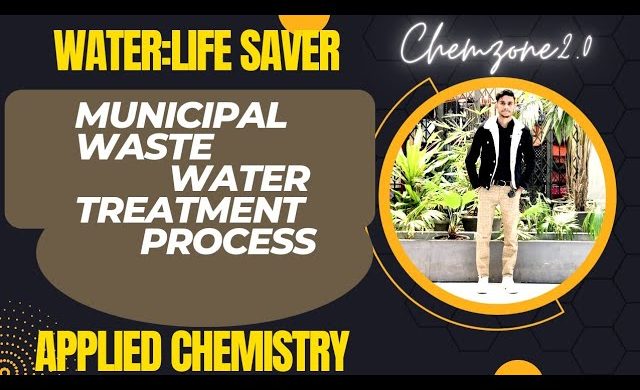Municipal Waste Water Treatment Process #viral #watertreatment
Municipal wastewater treatment is a process that helps clean and purify sewage and wastewater from households, businesses, and industries before it is discharged back into the environment. The treatment process typically consists of several stages:
1. Screening: Wastewater first passes through screens to remove large objects like sticks, leaves, and plastic. This helps prevent damage to pumps and equipment further down the line.
2. Primary Treatment: In this step, the wastewater is allowed to settle in large tanks. During this settling process, solids, grease, and other heavy materials sink to the bottom, forming a sludge layer, while relatively clearer water rises to the top.
3. Secondary Treatment: Secondary treatment involves the biological breakdown of organic matter in the wastewater. This is typically done through the use of microorganisms like bacteria. Oxygen is provided to support these microorganisms, which break down organic pollutants, converting them into harmless substances. Common methods for secondary treatment include activated sludge systems and trickling filters.
4. Tertiary Treatment (optional): Some wastewater treatment plants incorporate a tertiary treatment step to further purify the water. This step can involve advanced filtration, chemical treatment, or additional biological processes to remove remaining contaminants, such as nutrients (nitrogen and phosphorus) or fine particles.
5. Disinfection: After the secondary or tertiary treatment, the water is disinfected to kill any remaining harmful microorganisms. Chlorine, ultraviolet (UV) light, or ozone may be used for disinfection.
6. Sludge Treatment: The sludge collected during primary and secondary treatment is treated separately. It can be thickened and then processed through methods like anaerobic digestion or mechanical dewatering to reduce its volume and convert it into a more stable form. The resulting biosolids can often be reused as fertilizer or disposed of in a safe manner.
7. Effluent Discharge: The treated water, known as effluent, is now safe to be discharged into rivers, lakes, or oceans, or reused for non-potable purposes such as irrigation or industrial processes.
It’s important to note that the specific processes and technologies used in municipal wastewater treatment may vary depending on factors such as the size of the treatment plant, local regulations, and the quality of the incoming wastewater. The ultimate goal is to protect public health and the environment by safely treating and disposing of wastewater.
#wasterwatertreatment
Comments are closed.

